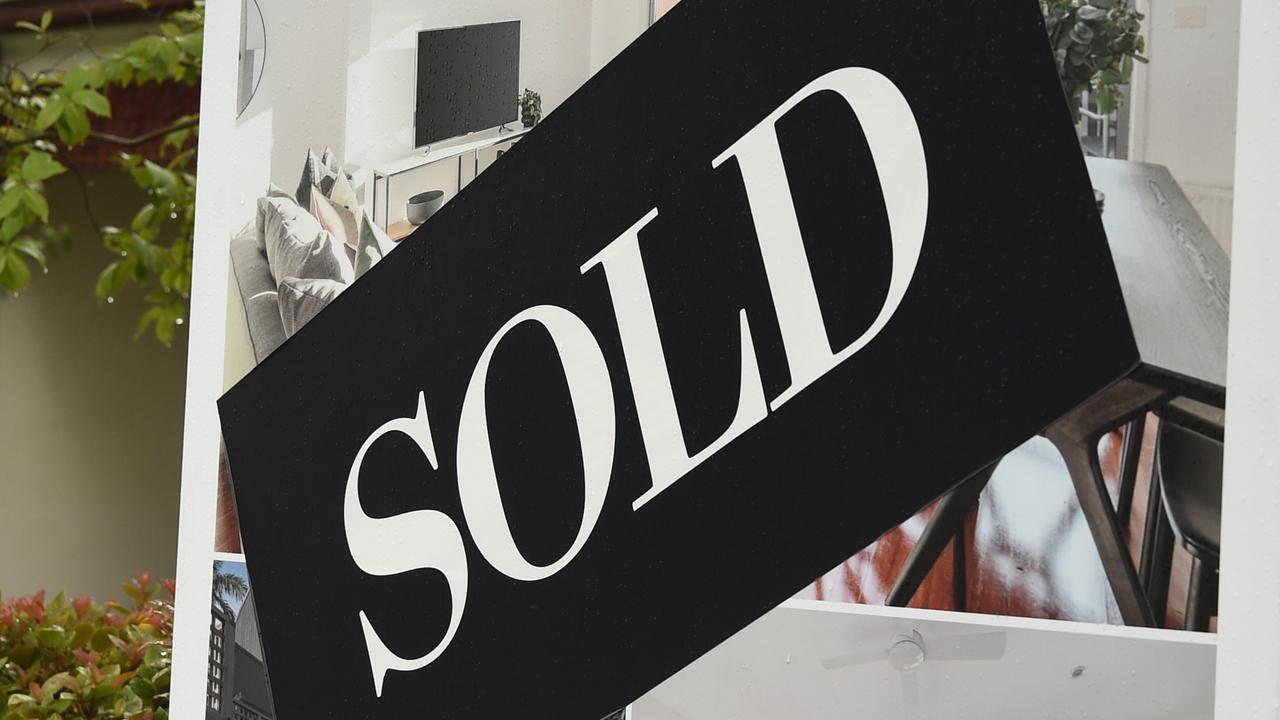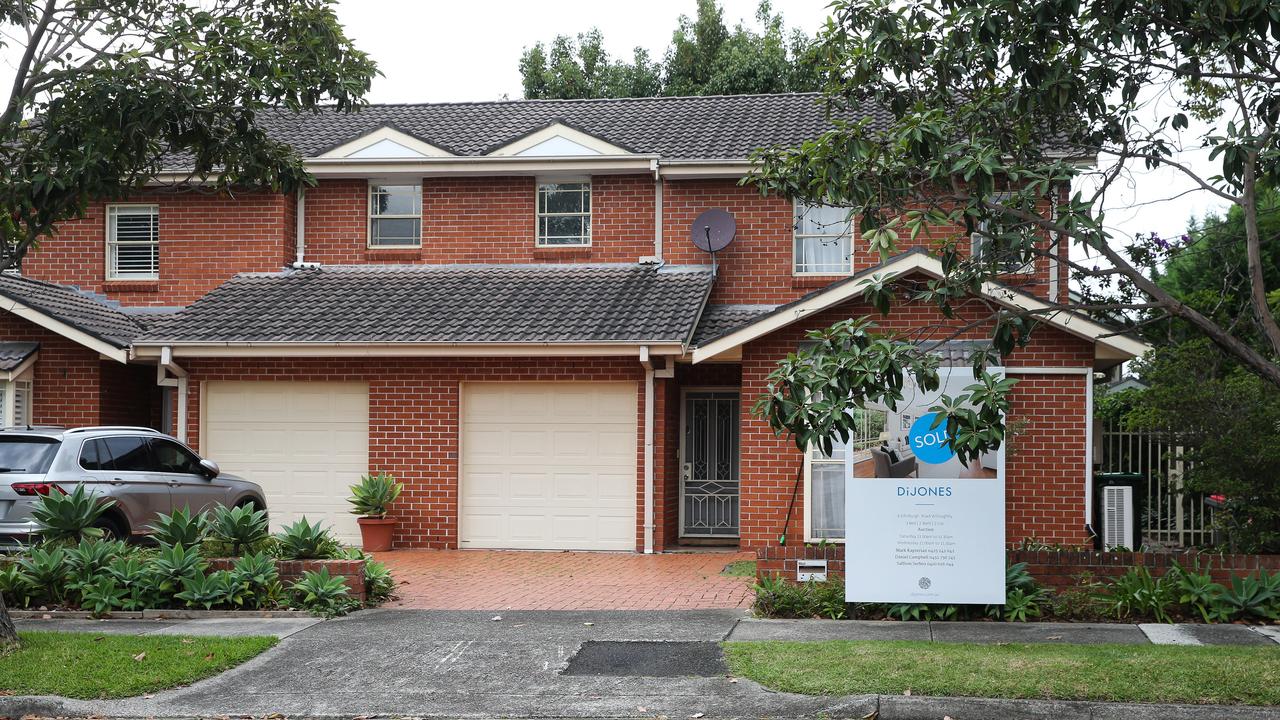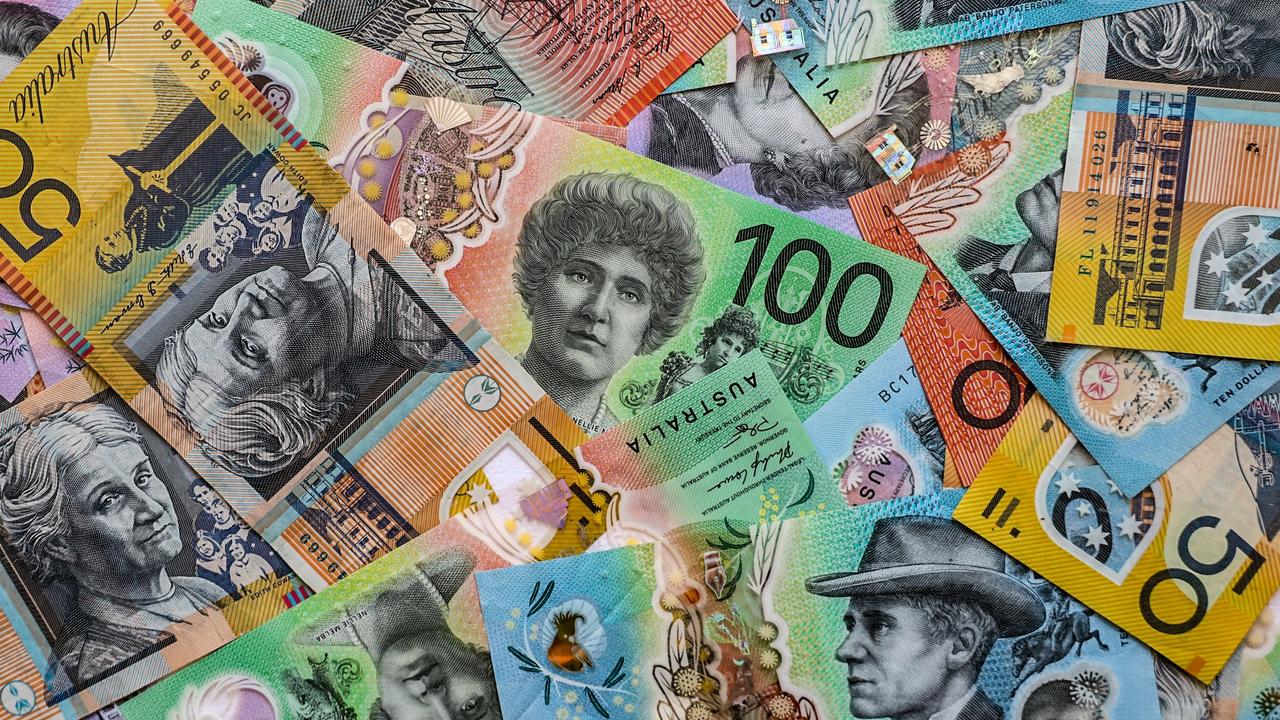No surprises: Reserve Bank keeps Australia’s official cash rate at historic low of 0.1 per cent
Australia’s official cash rate has been kept at a historic low, as expected, with inflation and wage pressures remaining subdued.
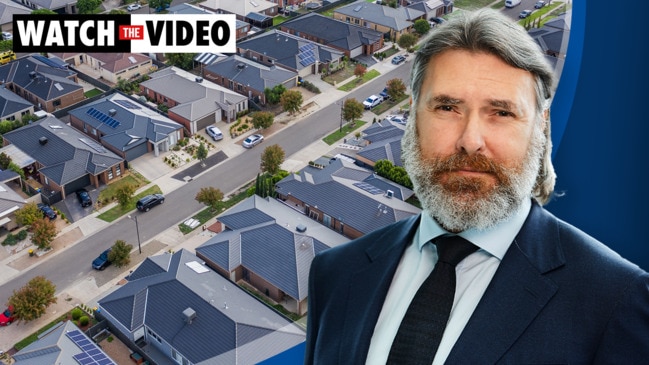
The Reserve Bank of Australia has kept the official cash rate on hold at a historic low 0.1 per cent, saying inflation and wage pressures remain subdued despite the strong recovery in the economy and jobs.
The RBA handed down the determination after the board’s latest monthly meeting on Tuesday.
Governor Philip Lowe reiterated the central bank would not increase the cash rate until actual inflation was sustainably within the 2 to 3 per cent target range, up from 1.1 per cent currently.
That would require a return to a tight labour market and materially higher wage growth, which it doesn’t expect to happen until 2024 at the earliest.
“While a pick-up in inflation and wages growth is expected, it is likely to be only gradual and modest,” Mr Lowe said.
The RBA expects the inflation rate, in underlying terms, will rise this year to 1.5 per cent and 2 per cent in mid-2023.
The RBA twice slashed the cash rate – the interest rate on unsecured overnight loans between banks – in March last year in a bid to stimulate the economy as the health crisis escalated dramatically. The rate was cut further to a record low of 0.1 per cent in November.
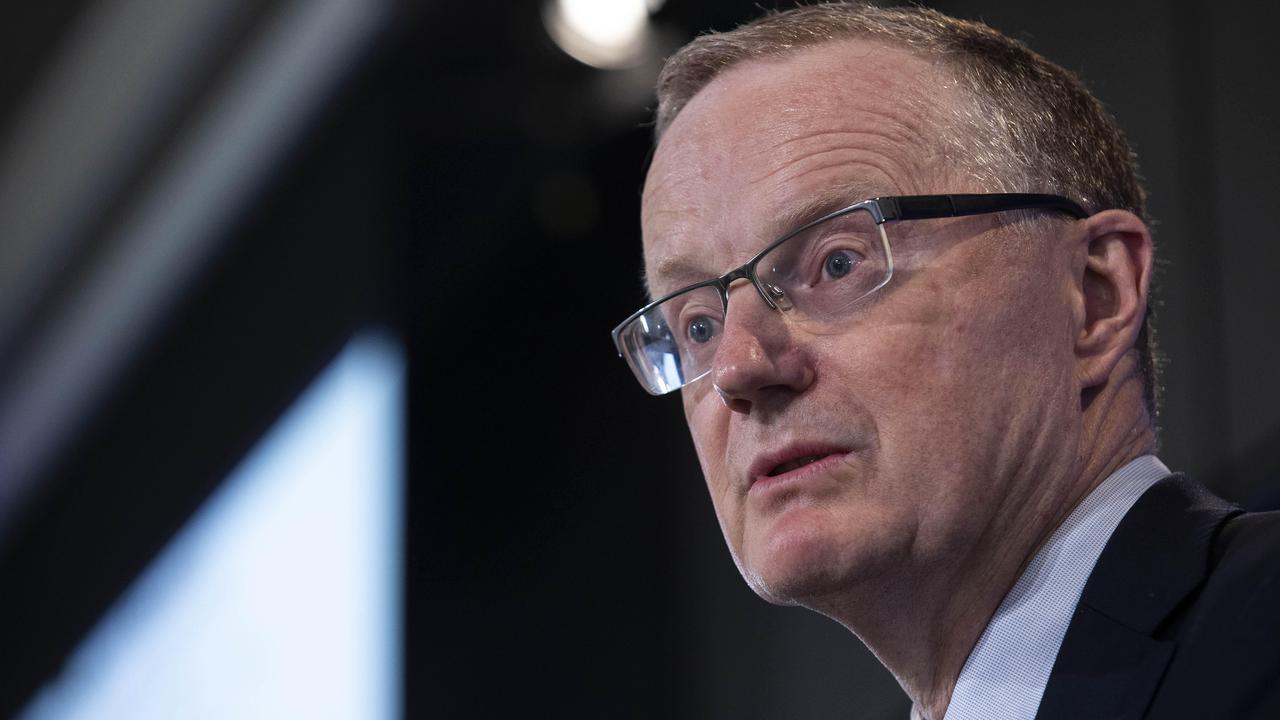
Mr Lowe said Australia’s economic recovery had proved stronger than earlier expected and was forecast to continue, noting an ongoing source of uncertainty was the possibility of significant Covid-19 outbreaks “although this should diminish as more of the population is vaccinated”.
The bank last month revised upwards its expectation for the main indicator of economic strength – gross domestic product growth – to 4.75 per cent over this year and 3.5 per cent over 2022, a position it maintains.
Mr Lowe said progress in reducing unemployment had been faster than expected and there were reports of labour shortages in some parts of the economy.
CommSec senior economist Ryan Felsman said the recent run of Australian economic data had been a little mixed after the end of JobKeeper in late March.
“Employment declined in April and weekly measures of payroll jobs have softened with the seasonal impact of the Easter and Anzac Day holidays also likely playing some part in job losses,” Mr Felsman said.
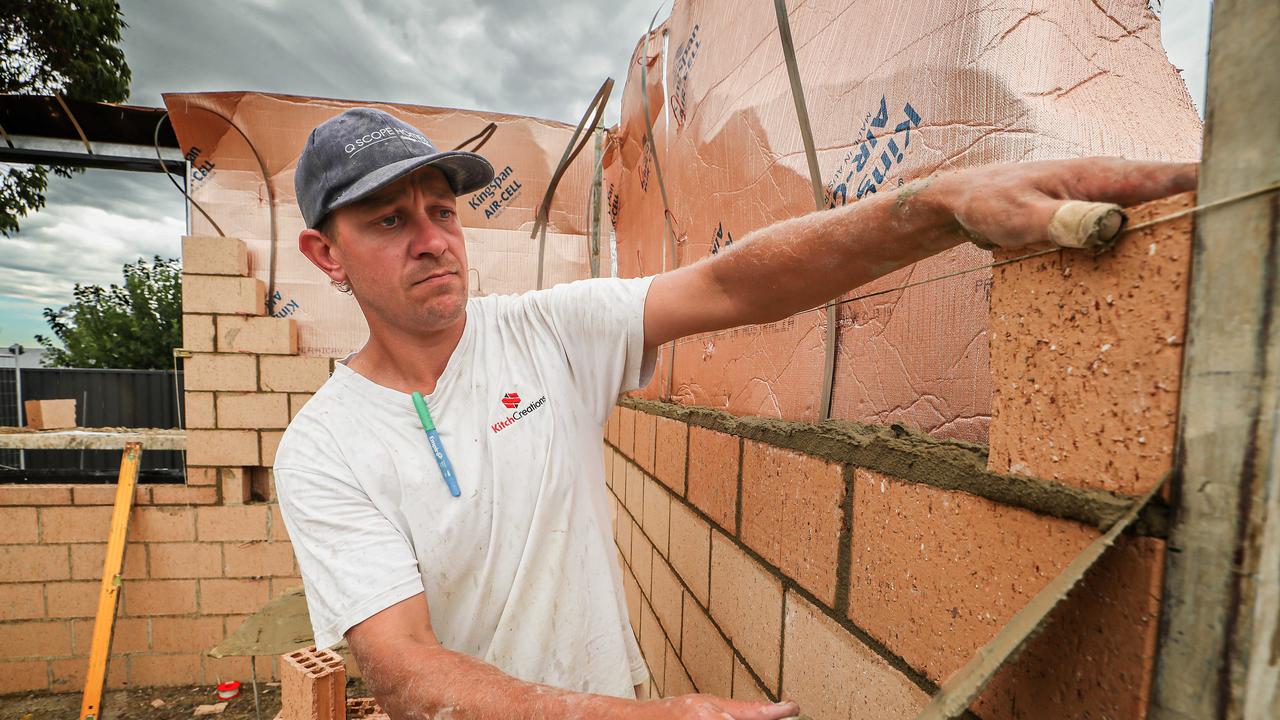
“The property market is booming and the Aussie sharemarket is straddling record highs, supporting consumer confidence.
“But an extended virus lockdown in Victoria, still-slow national Covid-19 vaccine rollout, ongoing trade tensions with China and ‘labour shortages in some parts of the economy’ all present near-term downside risks to the mostly positive economic outlook.”
The RBA continues to keep a close eye on trends in housing borrowing, saying it is important lending standards are maintained as residential property prices surge higher, noting investors – who sat on the sidelines last year – are returning to the market.
Canstar editor-at-large Effie Zahos warned low rate term funding from the RBA offering banks money at just 0.1 per cent – part of the emergency monetary policy package announced in March 2020 – would end on June 30 and would no doubt put pressure on interest rates.
“From today there are no four or five-year fixed rates under 2 per cent, and three-year fixed rates could be the next to start increasing,” Ms Zahos said.
RateCity says BankVic was the last lender to hold out, lifting its rate on Tuesday from 1.95 per cent to 2.29 per cent.
At the start of the year, there were 32 four-year fixed rates under 2 per cent, including through three of the big four banks, according to RateCity.


